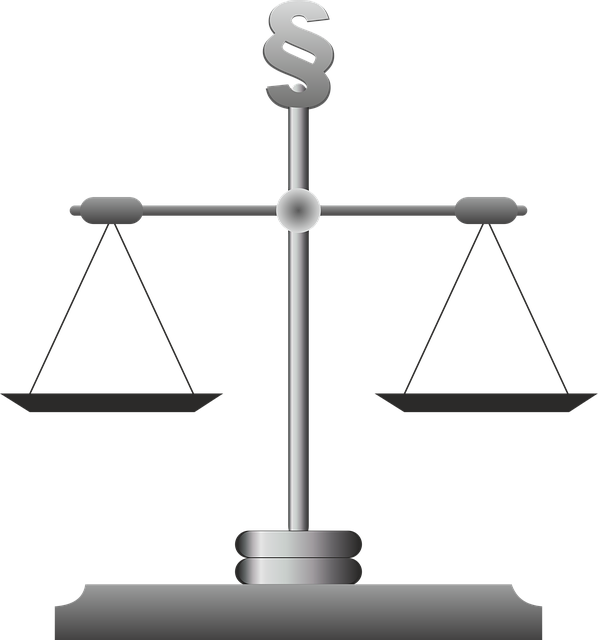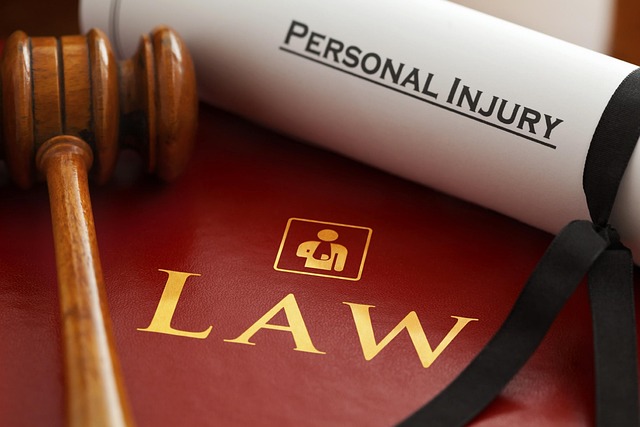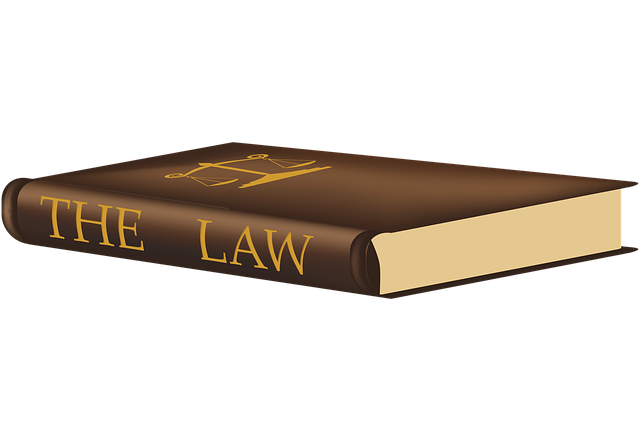C-Level investigations are crucial in personal injury claims, focusing on gathering comprehensive evidence like medical records, financial statements, and expert opinions to expose the full extent of injuries and their impacts. This process is vital for presenting a compelling narrative in high-stakes cases, aiming for successful outcomes through robust legal arguments based on strong, preserved evidence.
“In the realm of personal injury litigation, C-Level Investigations play a pivotal role in uncovering crucial evidence. This article delves into the intricacies of these specialized inquiries, focusing on their key components and impact on legal outcomes. We explore how evidence needed for a personal injury claim is gathered and presented effectively, highlighting best practices from a legal perspective. Understanding these processes empowers stakeholders to navigate complex cases successfully.”
- Understanding C-Level Investigations: Uncovering Evidence
- Key Elements in Personal Injury Claims: A Legal Perspective
- Gathering and Presenting Compelling Proof for Success
Understanding C-Level Investigations: Uncovering Evidence

C-Level investigations are comprehensive inquiries designed to uncover crucial evidence, especially in complex cases like personal injury claims. When it comes to personal injury lawsuits, gathering substantial and relevant evidence is paramount. This process involves a meticulous review of various documents, such as medical records, financial statements, and employment histories, to build a robust case. The goal is to present a clear picture of the incident’s circumstances and its impact on the plaintiff’s life.
For instance, in high-stakes cases, where significant damages are sought, demonstrating the extent of injuries and their long-term effects can be critical. This may include expert opinions, witness statements, and any physical evidence that supports the claim. The respective business’s unprecedented track record in similar investigations adds credibility to the process, ensuring a thorough analysis and potential success in jury trials.
Key Elements in Personal Injury Claims: A Legal Perspective

When launching investigations at the C-Level, understanding the key elements required for a successful personal injury claim is crucial from a legal perspective. In such cases, evidence plays a pivotal role in establishing liability and determining damages. The onus is on the claimant to provide substantial and compelling proof that links the defendant’s actions or omissions directly to the incurred injuries.
This includes medical records detailing the extent of the injuries, eyewitness accounts corroborating the incident, and any relevant documentation such as police reports or insurance claims. In complex cases, especially involving white-collar and economic crimes, financial records and digital evidence may be required to showcase negligence or intentional harm. Therefore, gathering and preserving this evidence is paramount for a robust personal injury claim, ensuring justice for all respective business interests involved.
Gathering and Presenting Compelling Proof for Success

When it comes to C-Level investigations, presenting compelling proof is paramount for success. In the context of personal injury claims, evidence needed for a Personal Injury Claim plays a crucial role in ensuring just outcomes. This includes gathering tangible documentation, witness statements, expert opinions, and digital evidence that support the client’s narrative. A robust strategy involves sifting through complex data to uncover relevant facts, which can often make or break a case.
The process demands meticulous attention to detail, especially when dealing with general criminal defense matters across the country. Skilled investigators employ advanced techniques to collect and present this evidence in a structured manner. By doing so, they empower their clients’ legal teams to build strong arguments and achieve favorable outcomes, upholding justice and providing closure.
C-level investigations are crucial for uncovering critical evidence needed for a personal injury claim. By understanding the key elements required from a legal perspective, individuals can effectively gather and present compelling proof to secure successful outcomes. This strategic approach ensures that justice is served and those affected by injuries receive the compensation they deserve.






